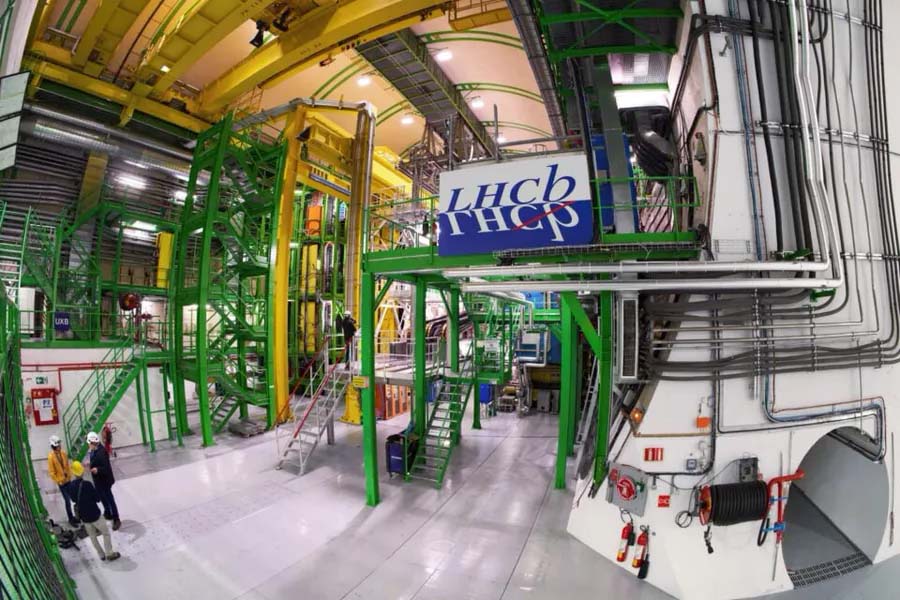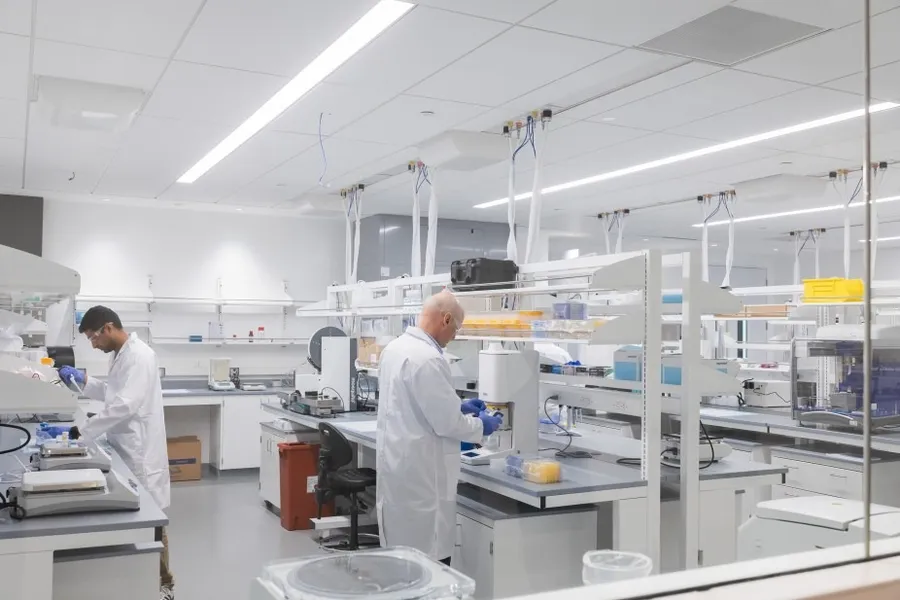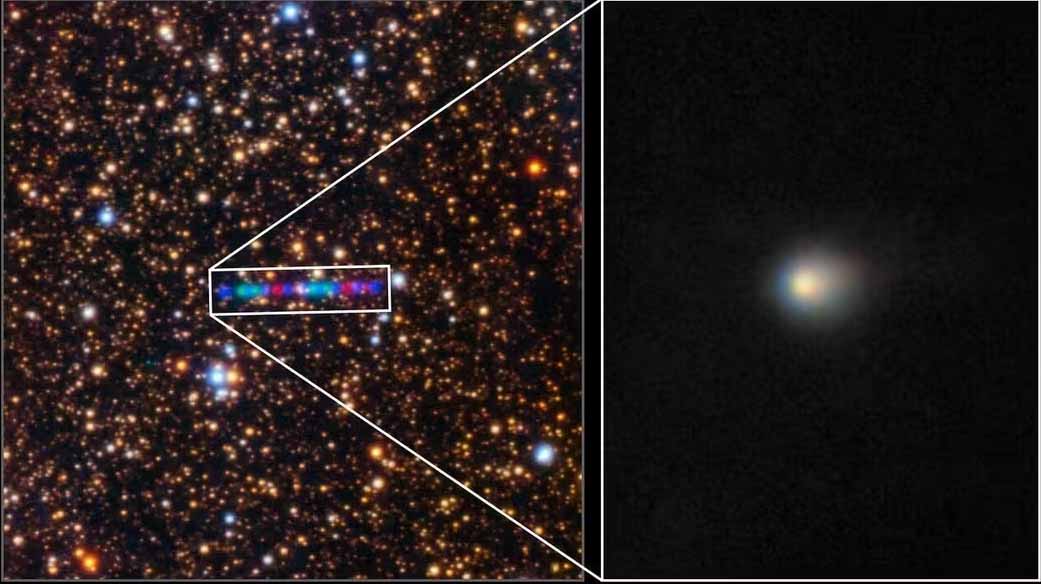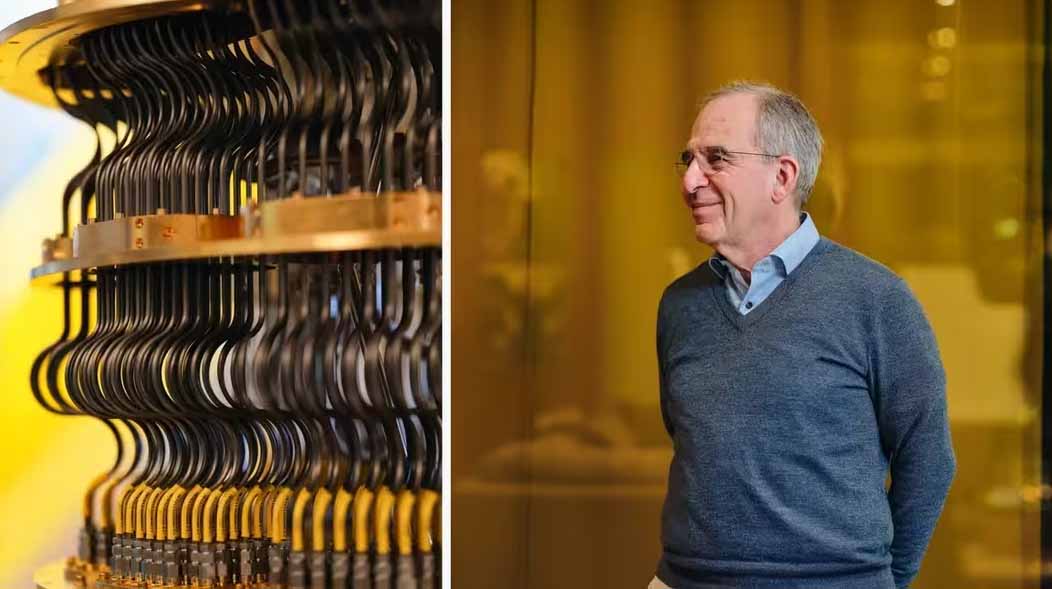A new development in the field of private cosmonautics has been presented in Russia — the SpaceNet ultralight launch vehicle designed to launch small satellites into low-Earth orbits. The project is being implemented with the participation of engineers and researchers working on the development of domestic rocket technologies, including the integration of modern materials and additive manufacturing.
The total mass of the rocket is about 14 tons, which is 15-20 percent less than the mass of similar carriers. This indicator is achieved through the use of cryogenic tanks made of composite materials, which can significantly reduce the weight of the structure and at the same time increase its energy efficiency. Weight reduction has a positive effect on the cost of launches, increasing the economic competitiveness of the rocket in the segment of launches of small vehicles.
SpaceNet is designed to launch satellites into orbits with heights of 500, 800 and 1500 kilometers. To achieve reliability and optimize fuel consumption, the engine design uses bimetallic 3D printing using bronze and steel. This solution allowed not only to increase the operating temperature in the combustion chamber, but also to achieve more economical fuel consumption without reducing traction characteristics.
A separate area of the project is related to the development of service technologies for the orbital maintenance of small satellites. Among the promising tasks is the creation of satellite re-positioning, inspection and refueling systems, which opens up new opportunities in extending their service life and improving the stability of satellite networks.
Future plans include developing 3D printing from heat-resistant alloys, testing new materials based on heavy-duty fibers, and developing environmentally friendly rocket technologies. Special attention is paid to promoting Russian microelectronics and reducing dependence on foreign components in critical subsystems.
The initiative is already included in the list of proposals being considered for support at the level of federal development institutions, including specialized expert councils. The project demonstrates the growing potential of the domestic private sector in space exploration, where modern technological solutions are combined with a high degree of engineering development and a focus on sustainable development.












